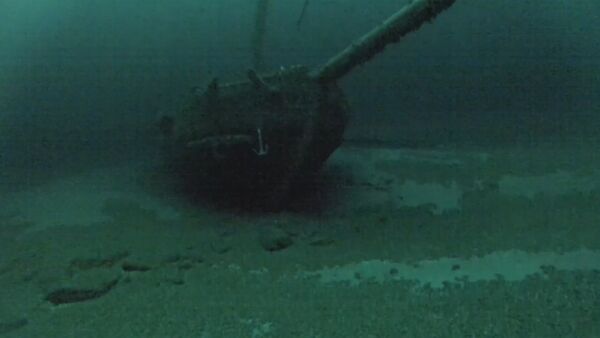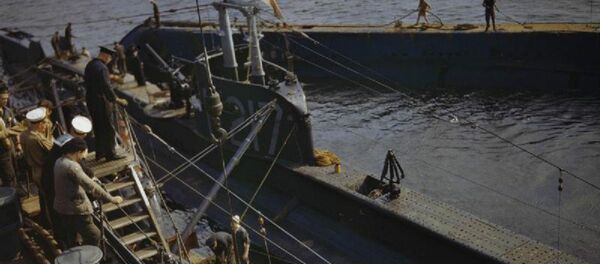The ship, called the Washington, was a single-masted sloop, a rare type of vessel that navigated the Great Lakes in the late 18th and early 19th centuries.
The 36-ton Washington was built by Americans on Lake Erie in 1798 to transport goods and passengers between New York, Pennsylvania and Ontario. Some four years later the sloop was sold to Canadian merchants that portaged it to Lake Ontario using oxen.
A year later, the boat, carrying $20,000 worth of East India goods from Kingston, Ontario, en route to Niagara, Ontario was caught in a severe storm. The ship sank, and all five aboard drowned, including three crewmembers and two merchants. Historians said that no signs of the ship were found. Contemporary reports claimed that some pieces of the ship washed ashore near Oswego.
"This one is very special. We don't get too many like this," Kennard said.
The discovery is particularly valuable for historians scrutinizing designs and construction techniques used by the ship’s builders, as there are no architectural drawings of such vessels, according to Christopher Gillcrist, the executive director of the National Museum of the Great Lakes, the organization that funded the exploration, said.
"Breaking the 18th century barrier is not only psychologically important, but the wreck may reveal the earliest shipbuilding techniques on the Great Lakes ever examined," he told Cleveland.com.
The oldest known shipwreck discovered in Lake Ontario is the British warship HMS Ontario. The two-masted square-rigger sank in 1780 and was discovered in 2008.



